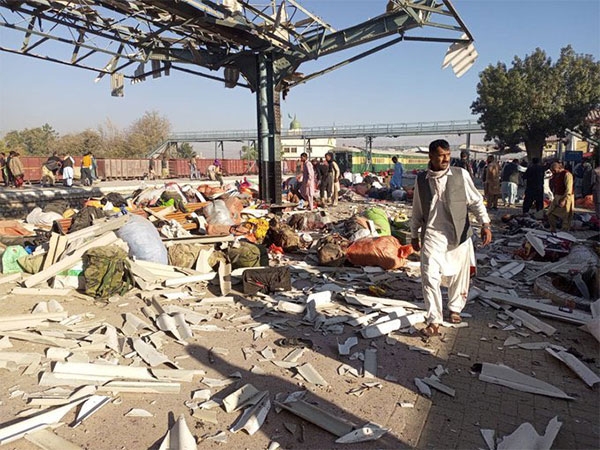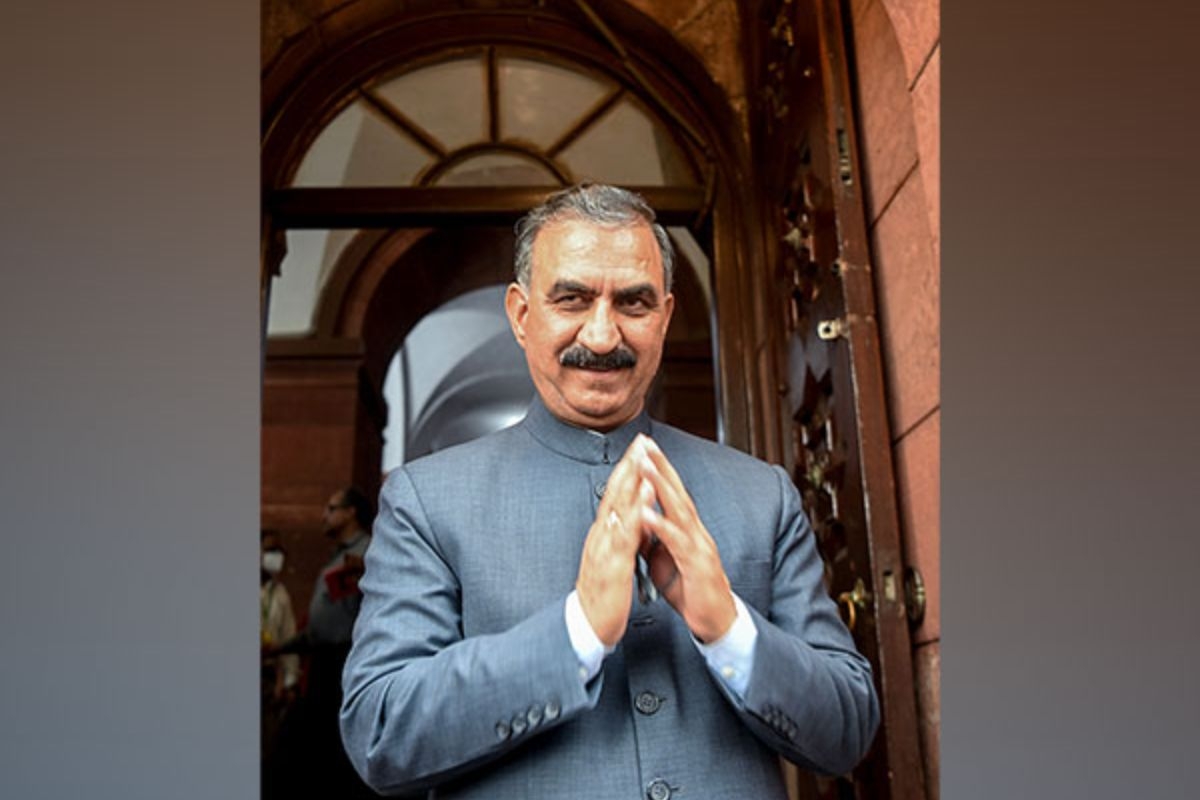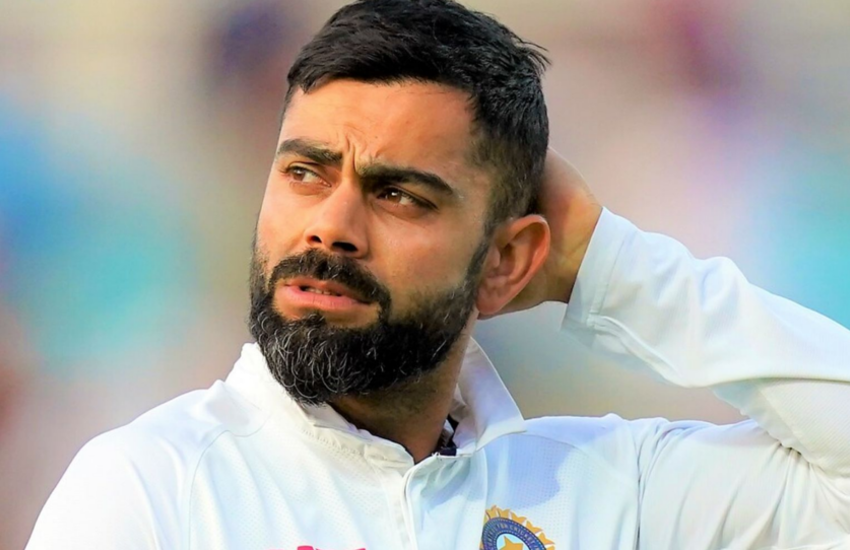Coastal road on Arabian Sea: how Maha govt is pushing Mumbai towards disaster

The plan
- The Maharashtra govt plans to build a road on the Arabian Sea along Mumbai\'s west coast
- The project, which connects Nariman Point with Kandivali, is expected to cost Rs 11,300 crore
The threat
- The road will affect the ecology and lead to a loss of livelihood for fisherman
- It will also destroy mangrove forests, which act as a natural storm/flood stopping barrier
More in the story
- How many people will this road serve?
- What are the alternatives to this plan?
Mumbai has moved decisively closer to building a road on the Arabian Sea, along its western coast. Fifty or hundred years from now, how will the city remember this moment?
While the government is selling this project as a solution to the city's traffic woes, what the project will most likely be is a disaster.
At Rs 11,300 crore, it is way more expensive than any public transport system, including upgrading the existing ones. Yet it will serve only 2% of Mumbai's population.
Also read - How Shivaji Memorial was cleared in 19 days despite environmental concerns
And the entire road project has excluded the oldest residents of Mumbai - the fishermen. They are worried that building the coastal road will kill the already-dwindling fish populations, block fishermen's boat-landing areas, and end their livelihoods. But their voices have gone unheard.
While it is hardly unusual to face opposition to projects that affect the environment and livelihoods of locals, what critics have said for the coastal road is huge. The critics include a Dutch diplomat, who said it will 'destroy' the coast. Others have pointed out how the road will raise the risk of floods, threaten heritage structures and destroy fragile ecosystems in the city's creeks.
What is the coastal road project?
The project aims to build a road in the Arabian Sea off the west coast of Mumbai. The road is about 35 km long, extending from Nariman Point in the south to Kandivali in the north. It has been in the pipeline for almost five decades, but couldn't take off as India's coastal protection norms, enshrined in the Coastal Regulation Zone Notification, 2011, do not allow such roads to come up.
But the Devendra Fadnavis government in Maharashtra took up the matter and, in June 2015, the environment ministry issued a draft to amend the Notification, allowing roads and roads on stilts. This exception was finally incorporated on 30 December.
Also read - Forest fight: Fadnavis' toilets versus minister's mangroves
Huge list of concerns
Critics have voiced their concerns either at an independent tribunal, held in October 2015, or in response to the draft amendment to the CRZ Notification. None of the critiques have been included in the final notification.
Here are the big concerns that the government has chosen to ignore.
- How many people will the road actually serve? Just about 2% of the city's population which uses cars, according a 2008 study by the government's own Mumbai Metropolitan Region Development Authority. In comparison, 20% trips are made by train, about 10% by bus and 60% by walking, according to the study.
- This is the reason why the road is a 'private amenity' than a public good, says Hussain Indorewala, assistant professor at Mumbai's KRV Institute for Architecture and Environmental Studies, in a deposition before the independent tribunal. Yet, public money will be spent to build it.
- The coastal road is 9 times more expensive than adding more local trains that are air-conditioned, according to objections filed by Ashok Datar and Sonali Kelkar of the Mumbai Environmental Social Network. While the coastal road costs about Rs 6.5 lakh per passenger trip, the train upgradation would cost only about Rs 70,000.
The north-south road will cost the public Rs 11,300 crore. But it'll serve only 2% of the populace
- Adding two additional railway tracks, for example, can create a capacity to transport 6.6 lakh persons. Improving the bus system can add 8 lakh bus trips per day.
- The state government's Mumbai Heritage Conservation Committee has also raised several objections. It has pointed out how the coastal road plan ignores several heritage structures on its route, including forts and fishing villages. It also plans to build over beaches, mudflats and mangroves.
- According to the DPR, about 3 km of the road will be built over mangroves. This will make the city more vulnerable to storms and floods. While the amendment to the coastal rules mandates planting new mangroves three times the size of the destroyed mangroves, the new ones will take several years to grow. Also, since they will be at a different location, the re-planting won't replace the storm protection services of the old mangroves.
- As many environmentalists have pointed out, the coastal road will disturb the tidal flow of water. Even the government seems to have understood this - but instead of dealing with it, it has decided to ignore the matter altogether. While the draft amendment allowed reclamation "without affecting the tidal flow", this caveat has been removed in the final amendment.
- Fishermen from Mumbai objected to how cutting mangroves will deplete fishing grounds off the city's coast. Further, they will block large-sized fishing boats. By one estimate, this will affect at least 35,000 persons living in 23 fishing villages in the city.
- There are still some coastal areas in Mumbai that are "no development zones", like Aksa beach and Gorai. As per CRZ rules, the coastal road will reclassify these areas from "rural" to "urban", paving the way for all kinds of construction to pick up. "This is nothing but a game plan by big developers to grab a 'no development zone' for development in future," said Godfrey Pimenta, a Mumbai-based lawyer with the Watchdog Foundation.
It will destroy the ecology and livelihoods, and may also leave Mumbai defenceless against floods
- The first step in managing coastal environment is identifying sensitive areas and regulating them (called preparing a Coastal Zone Management Plan). It includes the critical job of marking the high tide and low tide lines. But the government has still not completed this, including in Mumbai.
Allowing construction of the coastal road before this is completed means that it may build over environmentally sensitive areas, such as intertidal zones or fishing zones, even before they are identified and marked on the coastal maps, according to a comment Centre for Policy Research sent to the environment ministry on the draft amendment.
"The coastal road has been allowed to be built when adequate environmental safeguards are not in place. There is still no clear monitoring and enforcement mechanism for coastal norms," said Meenakshi Kapoor, programme manager at CPR.
More in Catch - Flood fury: why Uttarakhand, Assam, J&K & Mumbai will be hit again. And what can be done
Green clearances: how the NDA govt is dismantling public hearings
How the govt lets green sinners judge themselves
First published: 5 January 2016, 18:56 IST

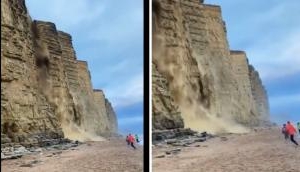
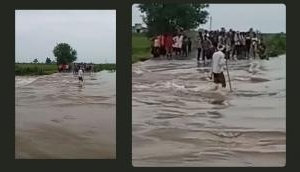
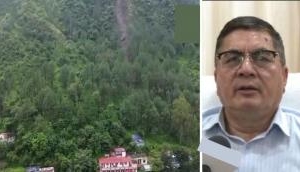


![BJP's Kapil Mishra recreates Shankar Mahadevan’s ‘Breathless’ song to highlight Delhi pollution [WATCH] BJP's Kapil Mishra recreates Shankar Mahadevan’s ‘Breathless’ song to highlight Delhi pollution [WATCH]](https://images.catchnews.com/upload/2022/11/03/kapil-mishra_240884_300x172.png)

![Anupam Kher shares pictures of his toned body on 67th birthday [MUST SEE] Anupam Kher shares pictures of his toned body on 67th birthday [MUST SEE]](https://images.catchnews.com/upload/2022/03/07/Anupam_kher_231145_300x172.jpg)


